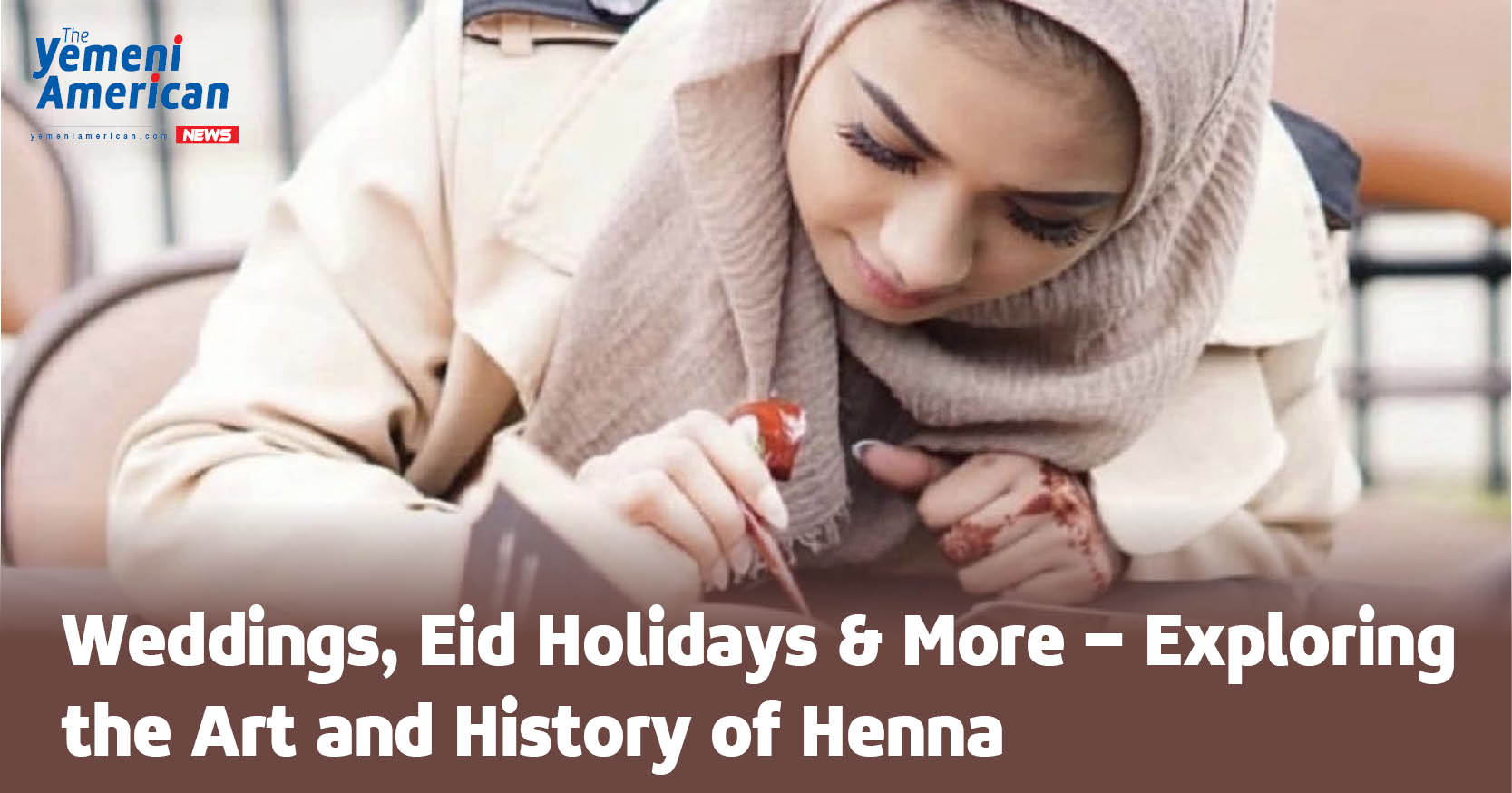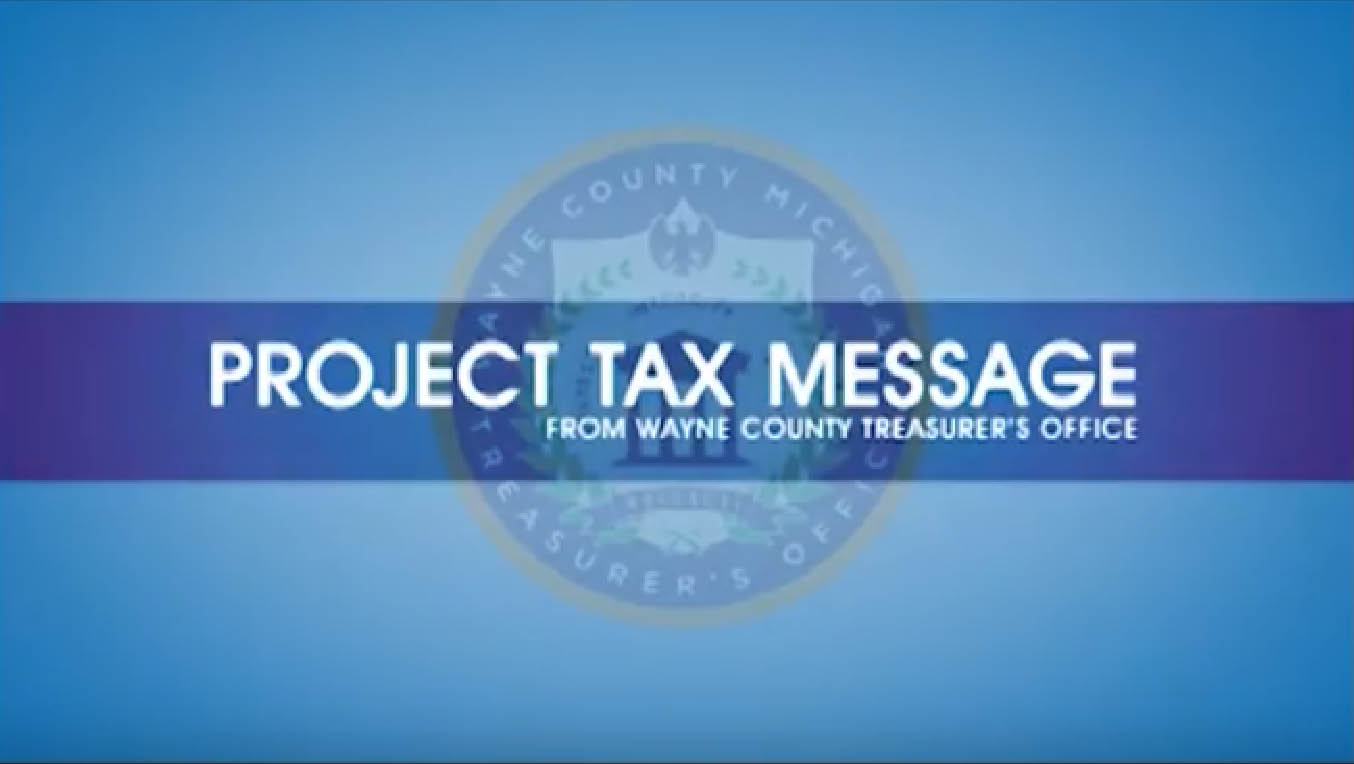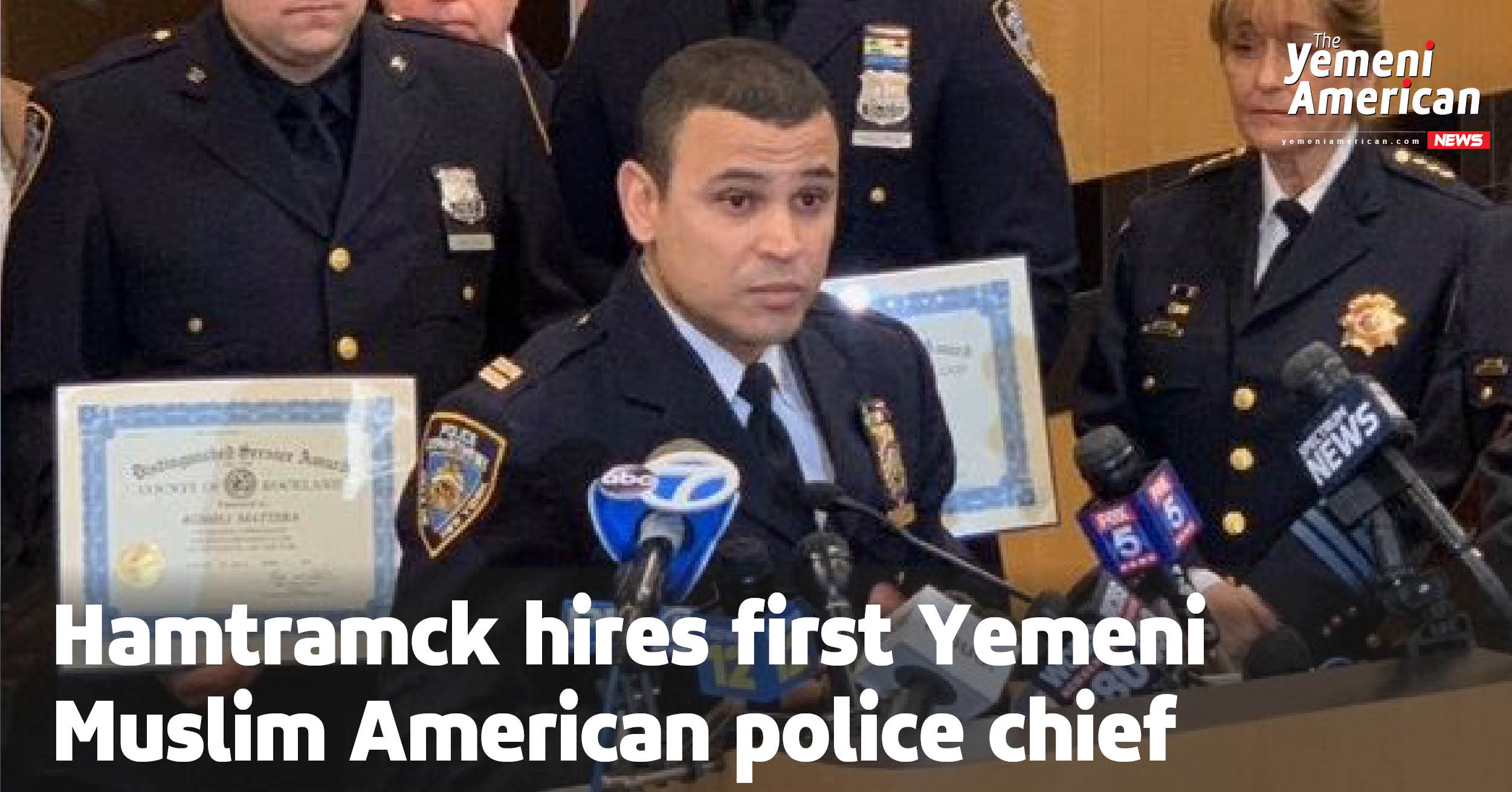By Nargis Hakim Rahman – Originally Published in The Haute Take
When Fariha Ahmed was a fourth grader in Detroit, she was sent to the principal’s office for applying mehndi, or henna, on her friend’s hand at the playground and was told such activities were prohibited. Fast forward a few years later to when her sister went to school with henna on her hands. The same principal saw the henna stain and called Ahmed for application services.
Inspired by her first business client, the 22-year-old professional henna artist launched her henna business, Farihennart in 2016 via Instagram @farihennart. Originally from Michigan, Fariha now serves the New York-New Jersey tri county area and is one of many henna artists around the country (both professional and amateur) bringing their artistic skills and flair to this beautiful practice.
Applying henna to the hands for special occasions, such as weddings or Eid holidays, is an age-old tradition across different cultures and in recent years has been adopted (or even appropriated) all over the world as part of tattoo art. Henna is a plant native to northern Africa and grown throughout Asia. The leaves are crushed and prepared into a paste with other ingredients (most henna artists have their own recipe for this) and applied to hands via cones or other methods. It is believed to have been originally used by Egyptians for decorative purposes.
In South Asian and Middle Eastern cultures, henna is applied during special occasions, such as wedding festivities or mehndi parties before the wedding day for beautification. It’s usually applied through intricate designs to the hands, forearms and feet of the bride. Friends and family members also apply it during mehndi parties. You leave it on for a few hours or overnight. After the paste is dried, it is often touched up with oil or lemon juice and sugar, in some cases, to darken the stain. The hardened henna is then removed leaving a beautiful stained design.
People also apply henna for medicinal purposes, for its cooling properties and as hair dye.
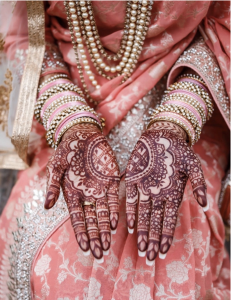 Photo Source: Fariha Ahmed
Photo Source: Fariha Ahmed
Fariha says she applies henna for special occasions like the two Eids, other Islamic holidays and weddings. Henna is also applied for Hindu ceremonies like poojas or even just for fun.
“To be honest you can wear henna anytime anywhere. It doesn’t have to be for an occasion … it can be just for fun, birthdays, anniversaries, all of that,” she says.
Henna is the Great Creative Escape
One of Fariha’s earliest memories is attending Lessenger Elementary School in Madison Heights, Michigan as the only Bangladeshi girl. “Growing up, I didn’t have a huge Desi (South Asian)group around me, so it was kind of hard,” she says.
Fariha’s first clients were classmates in Madison Heights. “[Sometimes I would] skip class just to do henna on them … and it was worth it,” she says with a laugh.
Henna art became her escape. “When you’re stressed and you don’t want to deal with anything or anyone, just go do something that gets your mind off of things – that’s what henna does for me.”
She also follows other professional henna artists for inspiration. “I have many hands to practice on, especially family … We have many girls in the family, and they love henna.”
Popular Designs From Different Cultures
In African and Middle Eastern cultures, black henna is popular along with certain styles of design and application. Henna is seen in some cultures as symbolic to good health, luck and sensuality. For weddings, the designs typically tend to be more intricate and elaborate.
In South Asian culture some people believe that the darker the stain, the more the husband loves the wife. Designs range in meaning from prosperity to good luck. Flowers, vines and motif art designs are popular. Sometimes names of the bride and groom, a peacock, or different symbols are incorporated into the design.
While simple designs can start off from $25-50 (sometimes charged per hand), bridal henna can range in the $200-300 or more, depending on how intricate the design is.
While some artists like Fariha freestyle her art, she says it’s more about practicing designs and getting inspiration from other artists and styles. Fariha says she has notebooks filled with sketches. She practices drawing intricate designs, which she later applies with henna for her clients, especially brides during the mehndi parties, and other wedding ceremonies.
When Fariha began sketching, people didn’t always take her seriously. Along with not having her own car in high school and having little experience, she had to find creative ways to showcase her work. That’s why she launched her designs on Instagram.
She says she enjoys working as a Bangladeshi women entrepreneur. “Everyone has different talents,” and is supportive, she says. “It’s the smallest things that make business owners happy, like supporting them or following them or even liking their posts or sharing their work.”
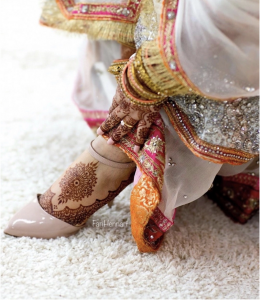 Photo Source: Fariha Ahmed
Photo Source: Fariha Ahmed
Check out these henna artists on Instagram and online for your next event:
Texas, Houston-area
Top 10 henna artists Houston
New York
Michigan
California
Illinois, Chicago-area
Nargis Hakim Rahman interviewed Fariha Ahmed for the South Asian American Digital Archive as part of the Archival Creators Fellowship. Her project focuses on highlighting the stories of Bangladeshi women entrepreneurs in Metro Detroit. Learn more at saada.org.


